Tulip Nebula In Cygnus

Tulip Nebula in Cygnus
More Posts from Night-hides-the-world and Others

Paul McCoubrie - Taken just after the sun had set over the Alpine mountains, this optical phenomenon was a fleeting lovely vision that lasted for a few minutes only. It is caused by the sun below the horizon casting a shadow onto the clouds.






Time for another out of this world comic for starry cosmos month!
This week’s entry, “Gamma Ray Bursts”
http://imagine.gsfc.nasa.gov/science/objects/bursts1.html
http://earthsky.org/space/gamma-ray-bursts-are-the-most-powerful-explosions-in-the-universe
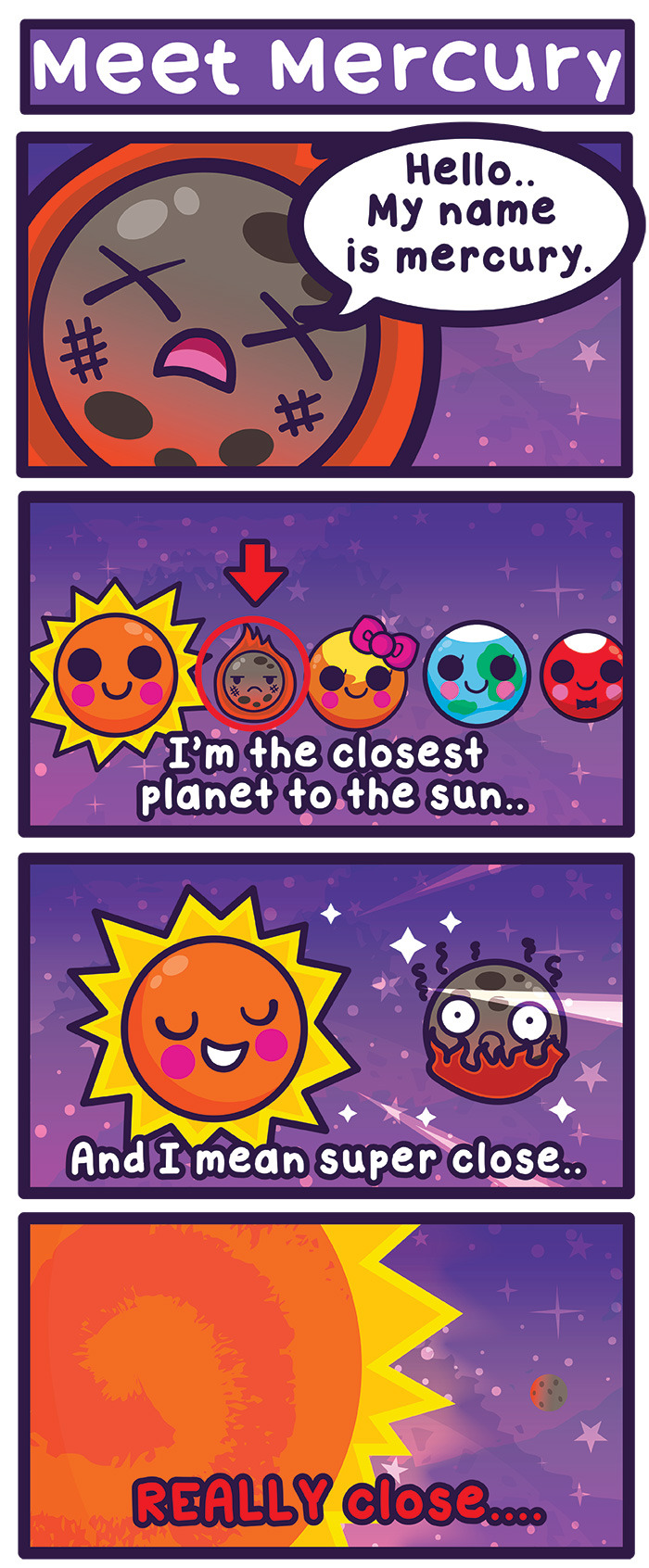
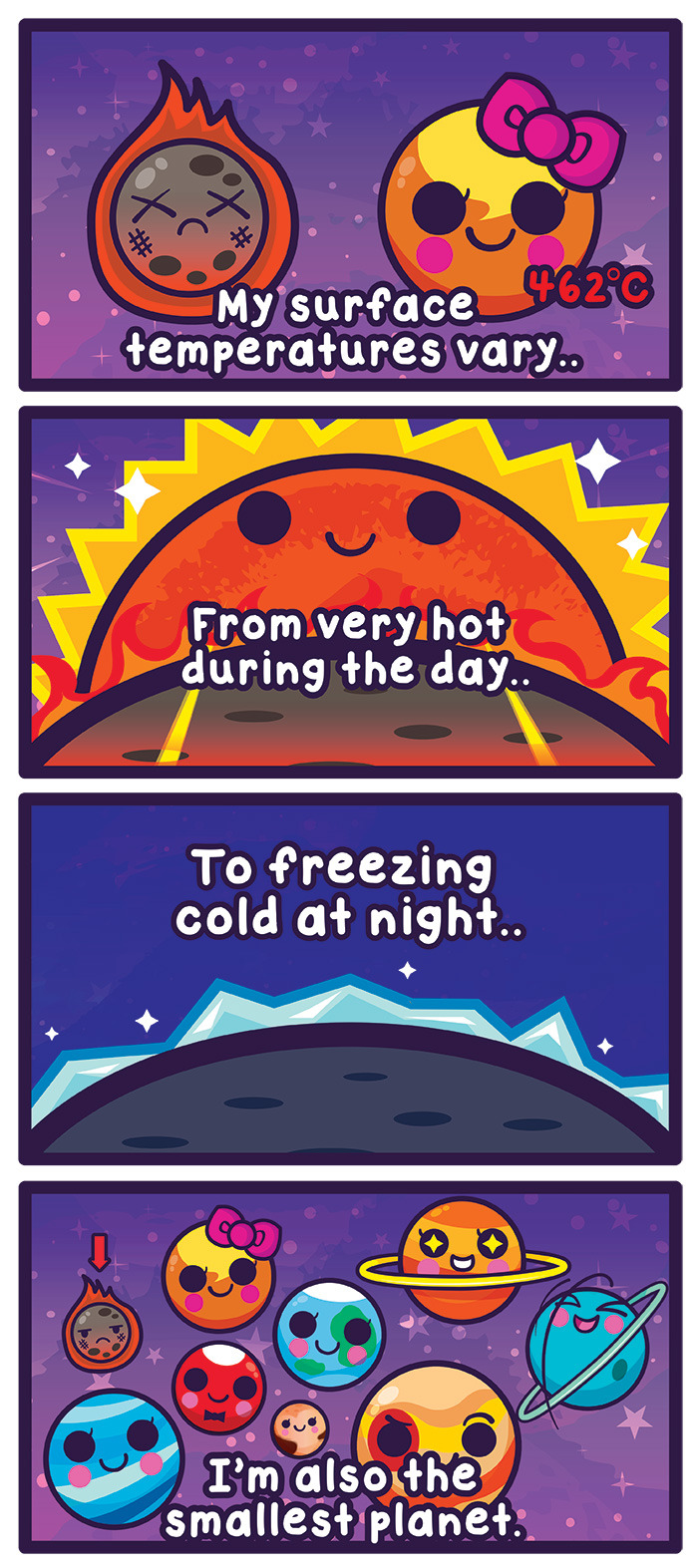
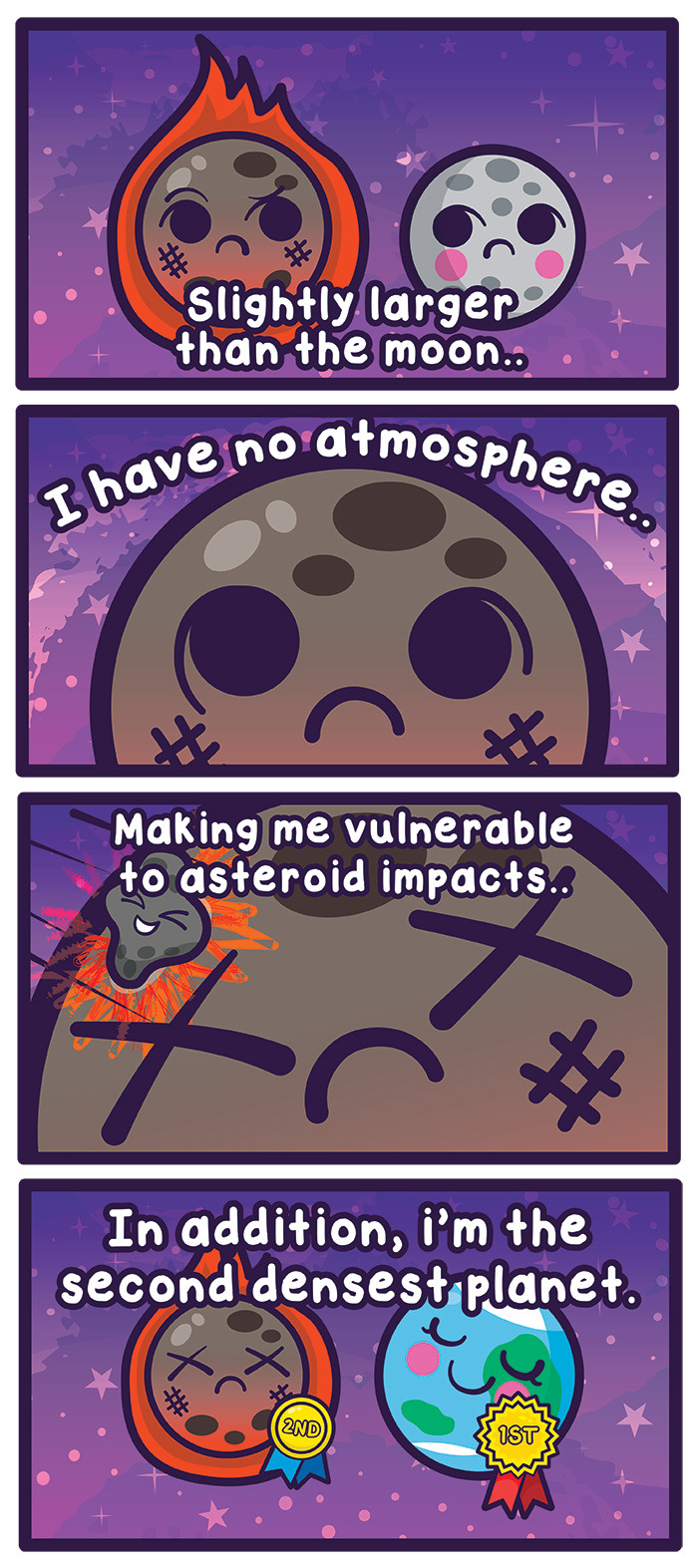
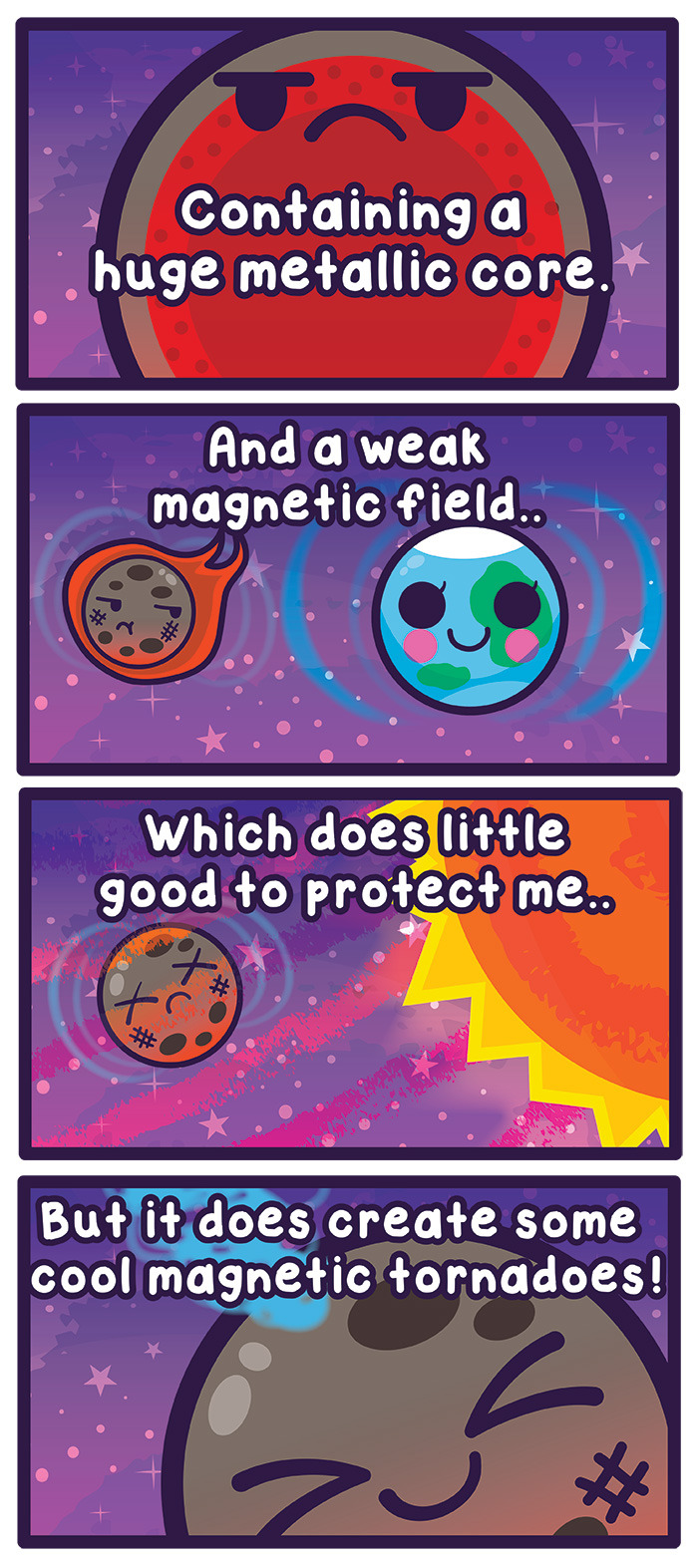

Better late than never!
This week’s entry: Meet Mercury
http://www.space.com/36-mercury-the-suns-closest-planetary-neighbor.html
Candy Cane of Cosmic Proportions
Imagine how long it would take to eat a candy cane that’s a thousand trillion miles tall! 😋

Scientists peering into the center of our Milky Way galaxy found this 190-light-year tall “candy cane,” but (sadly) it is not a peppermint treat. It does contain other goodies, though. They have found huge collections of material, called giant molecular clouds, where stars are being born. And there are magnetic fields that might be evidence of a bubble from an outburst in our galactic center long ago.

The full image shows our galaxy’s center in infrared (blue), radio (red) and microwave (“minty” green) light. The picture essentially color codes different ways light is produced. The blue and cyan regions show us cool dust where star formation has just begun. Yellow features show more-established star “factories.” Red reveals places where electrically charged gas interacts with magnetic fields.
This image includes newly published observations using an instrument designed and built at NASA’s Goddard Space Flight Center in Greenbelt, Maryland, called the Goddard-IRAM Superconducting 2-Millimeter Observer (GISMO). It was used with a 30-meter radio telescope located on Pico Veleta, Spain, operated by the Institute for Radio Astronomy in the Millimeter Range headquartered in Grenoble, France. The image shows a region about 750 light-years wide.
Find out more about this image and what we can learn from studying star factories!
Make sure to follow us on Tumblr for your regular dose of space: http://nasa.tumblr.com
The Hubble Space telescope just sent back a new photo of the Twin Jet Nebula. Here’s what it looked like in 1997:

And now …

Whoa. But wait, we also got an updated image of the merging galaxies NGC 6240. What it looked like in 2008:

And today:

Science, you’re the best. Oh, and the explanation behind those merging galaxies and their black holes is wild.
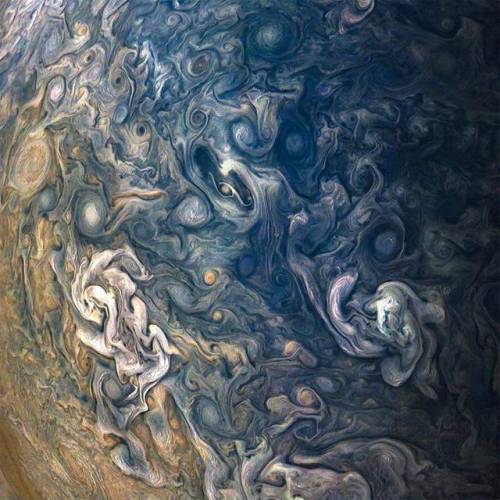
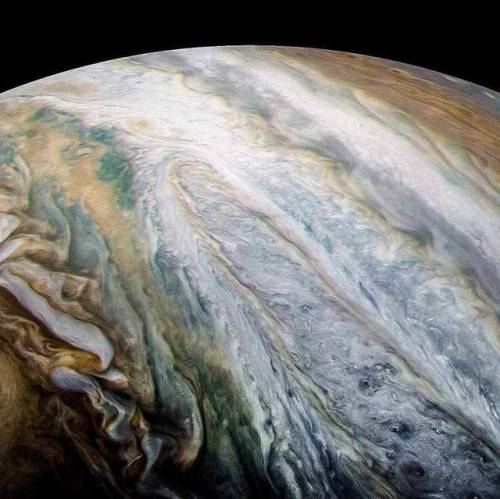
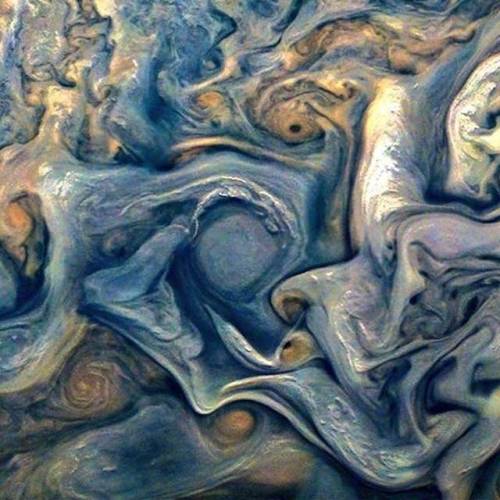
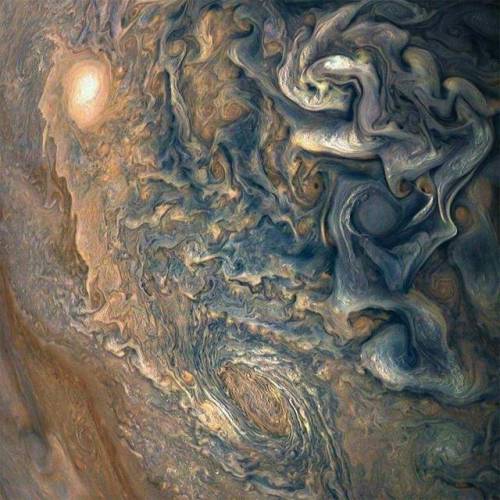
NASA has released new images of Jupiter, taken by the Juno Spacecraft.
More than Just Dust in the Wind

From space, we can see a swirling brown mass making its way across the Atlantic – dust from the Sahara Desert – the largest hot desert in the world. It’s a normal phenomenon. Every year, winds carry millions of tons of dust from North Africa, usually during spring and summer in the Northern Hemisphere.

June 2020 has seen a massive plume of dust crossing the ocean. It’s so large it’s visible from one million miles away in space.

Dust clouds this large can affect air quality in regions where the dust arrives. The particles can also scatter the Sun’s light, making sunrises and sunsets more vibrant.

Dust particles in the air are also known as aerosols. We can measure aerosols, including dust, sea salt and smoke, from satellites and also use computer models to study how they move with the wind.

Following the transport of dust from space shows us how one of the driest places on Earth plays a role in fertilizing the Amazon rainforest. There are minerals in Saharan dust, like phosphorous, that exist in commercial fertilizers, helping seed the rainforest.

Make sure to follow us on Tumblr for your regular dose of space: http://nasa.tumblr.com
The Perseid Meteor Shower Is Here!

Image Credit: NASA/Bill Ingalls
The Perseids are at their peak this week!
The Perseid meteor shower, one of the biggest meteor showers of the year, will be at its brightest early in the morning on Wednesday, August 12. Read on for some tips on how to watch the night sky this week – and to find out: what exactly are the Perseids, anyway?

Credit: NASA/Bill Ingalls
Your best chance to spot the Perseids will be between 2 AM and dawn (local time) the morning of August 12. Find a dark spot, avoid bright lights (yes, that includes your phone) and get acclimated to the night sky.
Your eyes should be at peak viewing capacity after about 30 minutes; though the Moon may block out some of the dimmer meteors, you should still be able to see up to 15-20 an hour. If you’re not an early bird, you can try and take a look soon after sunset (around 9 PM) on the 11th, though you may not see as many Perseids then.

Credit: NASA/MEO
If it’s too cloudy, or too bright, to go skywatching where you are, you can try again Wednesday or Thursday night – or just stay indoors and watch the Perseids online!
Our Meteor Watch program will be livestreaming the Perseids from Huntsville, Alabama on Facebook (weather permitting), starting around 9 p.m. EDT on August 11 and continuing through sunrise.
So… why are they called the Perseids?
Because all of a meteor shower’s meteors have similar orbits, they appear to come from the same place in the sky – a point called the radiant.

The radiant for the Perseids, as you might guess from the name, is in the constellation Perseus, found near Aries and Taurus in the night sky.
But they’re not actually coming from Perseus, right?

Credit: NASA/Joel Kowsky
Right! The Perseids are actually fragments of the comet Swift-Tuttle, which orbits within our solar system.
If you want to learn more about the Perseids, visit our Watch the Skies blog or check out our monthly “What’s Up” video series. Happy viewing!
Make sure to follow us on Tumblr for your regular dose of space: http://nasa.tumblr.com
-
 vague-sentiments liked this · 1 year ago
vague-sentiments liked this · 1 year ago -
 stayhigh5150 reblogged this · 1 year ago
stayhigh5150 reblogged this · 1 year ago -
 stayhigh5150 liked this · 1 year ago
stayhigh5150 liked this · 1 year ago -
 btoconnell reblogged this · 1 year ago
btoconnell reblogged this · 1 year ago -
 prttywhnicry reblogged this · 1 year ago
prttywhnicry reblogged this · 1 year ago -
 brendita-13 reblogged this · 1 year ago
brendita-13 reblogged this · 1 year ago -
 thinkk2wise reblogged this · 1 year ago
thinkk2wise reblogged this · 1 year ago -
 manifessto reblogged this · 1 year ago
manifessto reblogged this · 1 year ago -
 manifessto liked this · 1 year ago
manifessto liked this · 1 year ago -
 cain-ghost liked this · 1 year ago
cain-ghost liked this · 1 year ago -
 proximio-5 liked this · 1 year ago
proximio-5 liked this · 1 year ago -
 galaxy-bri reblogged this · 1 year ago
galaxy-bri reblogged this · 1 year ago -
 galaxysketches liked this · 1 year ago
galaxysketches liked this · 1 year ago -
 harasyytbbybg liked this · 1 year ago
harasyytbbybg liked this · 1 year ago -
 paledreameroperapainter-blog liked this · 1 year ago
paledreameroperapainter-blog liked this · 1 year ago -
 haciendaespanola liked this · 1 year ago
haciendaespanola liked this · 1 year ago -
 youandiwhynot liked this · 2 years ago
youandiwhynot liked this · 2 years ago -
 imgabsgoncalves liked this · 2 years ago
imgabsgoncalves liked this · 2 years ago -
 dailoh6the9f-ckup liked this · 2 years ago
dailoh6the9f-ckup liked this · 2 years ago -
 moonlight--forest liked this · 2 years ago
moonlight--forest liked this · 2 years ago -
 infiniteproxy reblogged this · 2 years ago
infiniteproxy reblogged this · 2 years ago -
 thatblackatheistwitch reblogged this · 2 years ago
thatblackatheistwitch reblogged this · 2 years ago -
 shitphobe420blazeit reblogged this · 2 years ago
shitphobe420blazeit reblogged this · 2 years ago -
 shitphobe420blazeit liked this · 2 years ago
shitphobe420blazeit liked this · 2 years ago -
 ass33 liked this · 2 years ago
ass33 liked this · 2 years ago -
 dreamersfae liked this · 2 years ago
dreamersfae liked this · 2 years ago -
 ncynator liked this · 2 years ago
ncynator liked this · 2 years ago -
 apples4shinigami reblogged this · 2 years ago
apples4shinigami reblogged this · 2 years ago -
 nodurk reblogged this · 2 years ago
nodurk reblogged this · 2 years ago -
 benzo-diazepines reblogged this · 2 years ago
benzo-diazepines reblogged this · 2 years ago -
 the-gotheltic-rowan reblogged this · 2 years ago
the-gotheltic-rowan reblogged this · 2 years ago -
 itkillzme reblogged this · 2 years ago
itkillzme reblogged this · 2 years ago -
 slumsaintt reblogged this · 2 years ago
slumsaintt reblogged this · 2 years ago -
 phantomking032 liked this · 2 years ago
phantomking032 liked this · 2 years ago -
 sketchywerewolf liked this · 2 years ago
sketchywerewolf liked this · 2 years ago -
 braziltwinkx liked this · 2 years ago
braziltwinkx liked this · 2 years ago -
 hc1701 reblogged this · 2 years ago
hc1701 reblogged this · 2 years ago -
 hc1701 liked this · 2 years ago
hc1701 liked this · 2 years ago -
 apples4shinigami liked this · 2 years ago
apples4shinigami liked this · 2 years ago -
 k-llewellin-novelist reblogged this · 2 years ago
k-llewellin-novelist reblogged this · 2 years ago
Astronomy and the other wonders you witness when you look to the skies.
115 posts
























